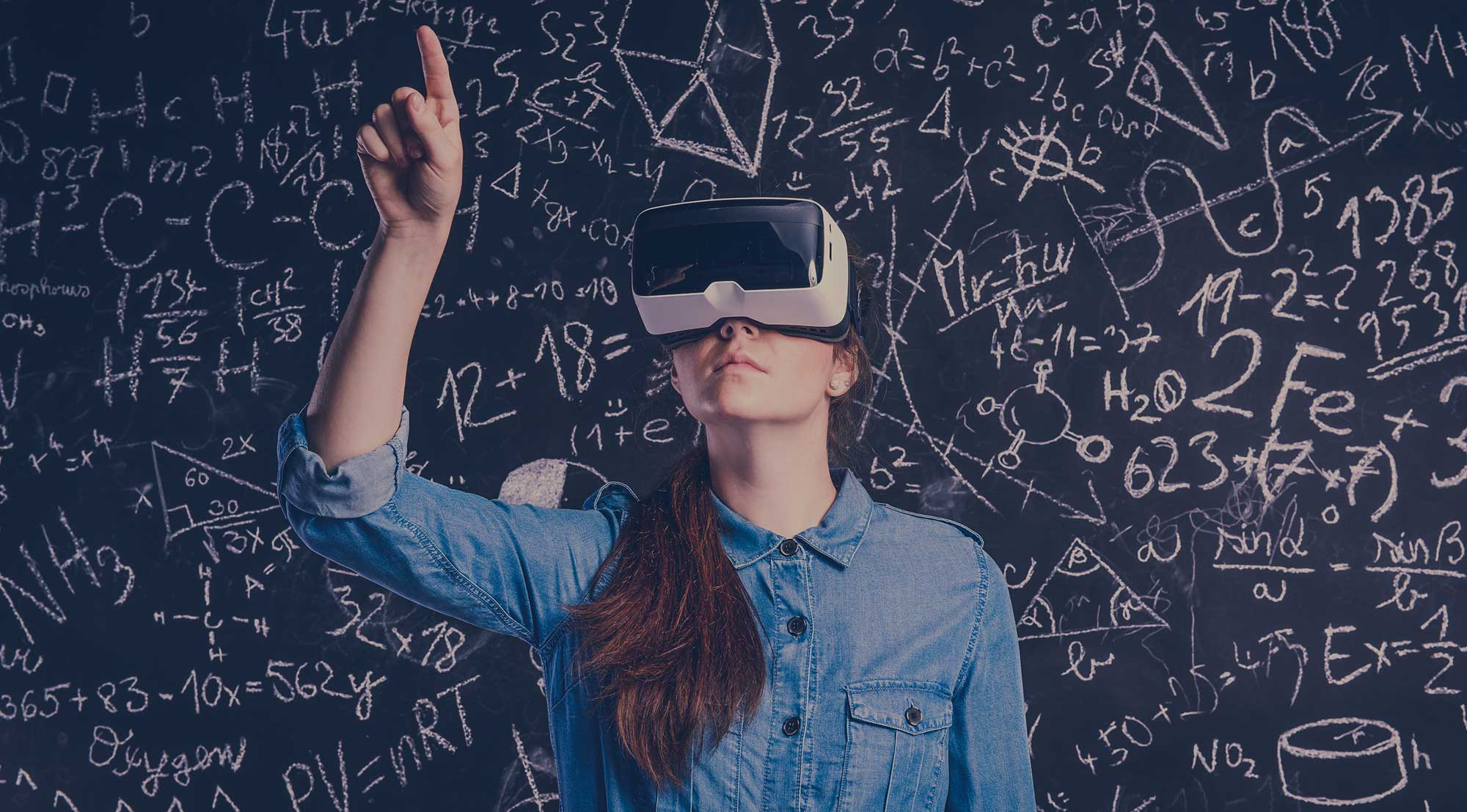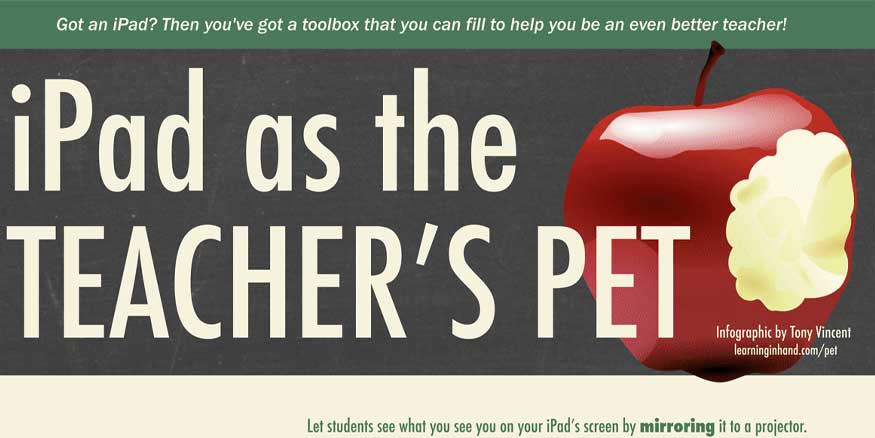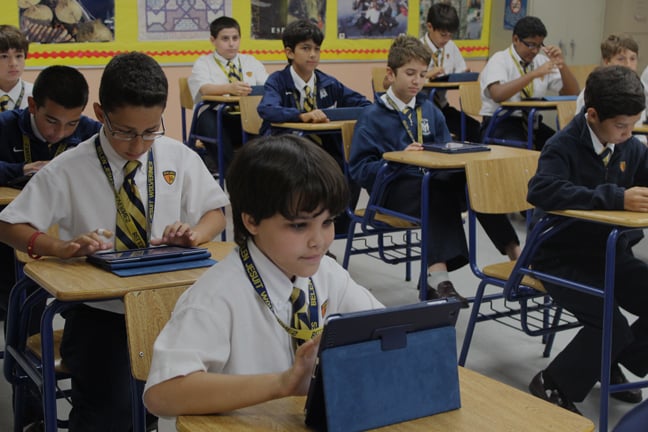
Imagine being able to transport your entire classroom to a different place or a different time – a Civil War battlefield, the Great Pyramids in Egypt, or even witness what it was like to fly across the Atlantic as Charles Lindbergh did– with the click of a button? By using virtual reality in the classroom, these immersive learning experiences are now just a small sample of what's possible with VR today.
There's a lot of buzz and excitement around virtual reality right now and the educational applications it has to offer. However, despite all the hype only around 2% of teachers are currently incorporating VR technology in their classrooms, this is according to a recent survey conducted by GfK of more than 1,000 K-12 teachers.
The main challenge is implementation and that could be for many reasons. Outside of cost, deploying VR headsets to hundreds if not 1000's of students like with iPads and other tablets in the past is a daunting process.
Make sure you ask yourself:
- How will it affect your school's Wi-Fi performance,
- Will student-owned VR headsets be allowed through BYOD?
- How will the use of virtual reality in the classroom impact the security of both student and school data?
- Do you have the infrastructure in place both wired and wireless to adequately support VR?
These are just some of the questions besides cost that need to be properly addressed before you should deploy virtual reality into your classrooms.
Even with these challenges, there are still a lot of exciting opportunities and benefits that VR provides that probably outweigh the obstacles of implementation.
Check out the infographic from Samsung below, about what teacher's really think about using virtual reality in the classroom.
Infographic:







